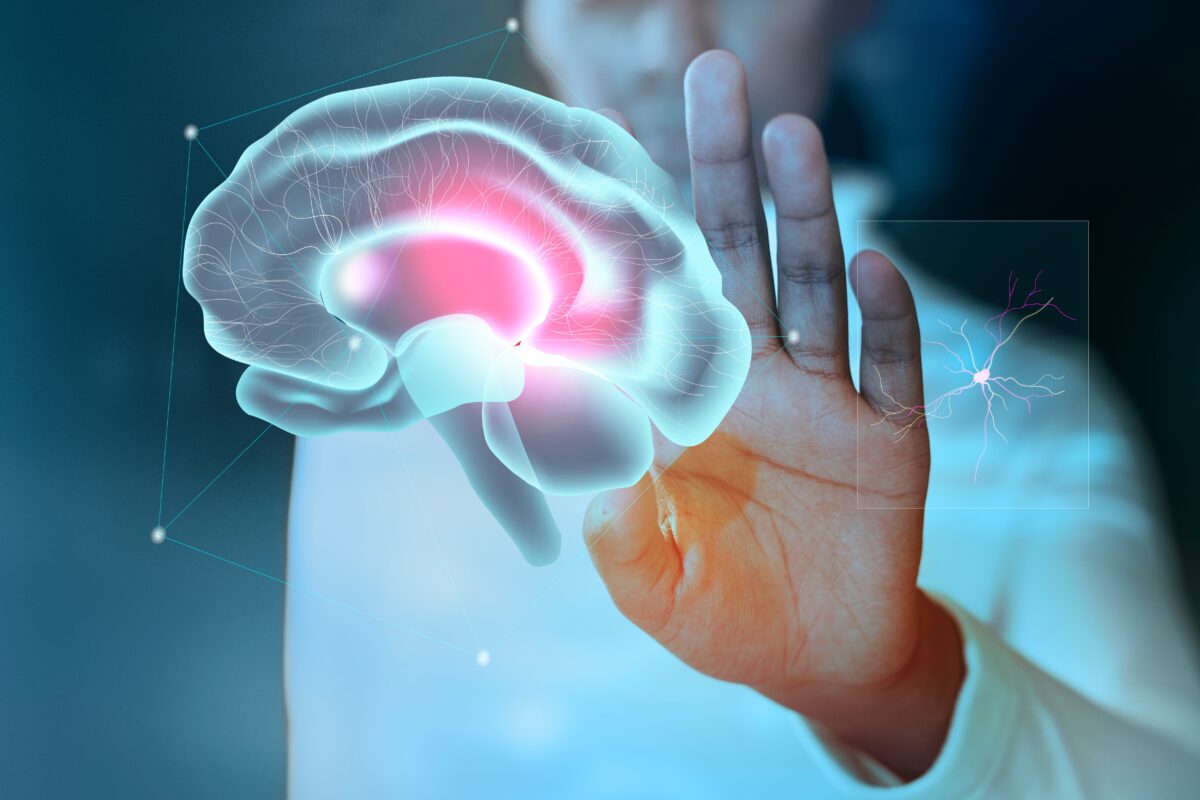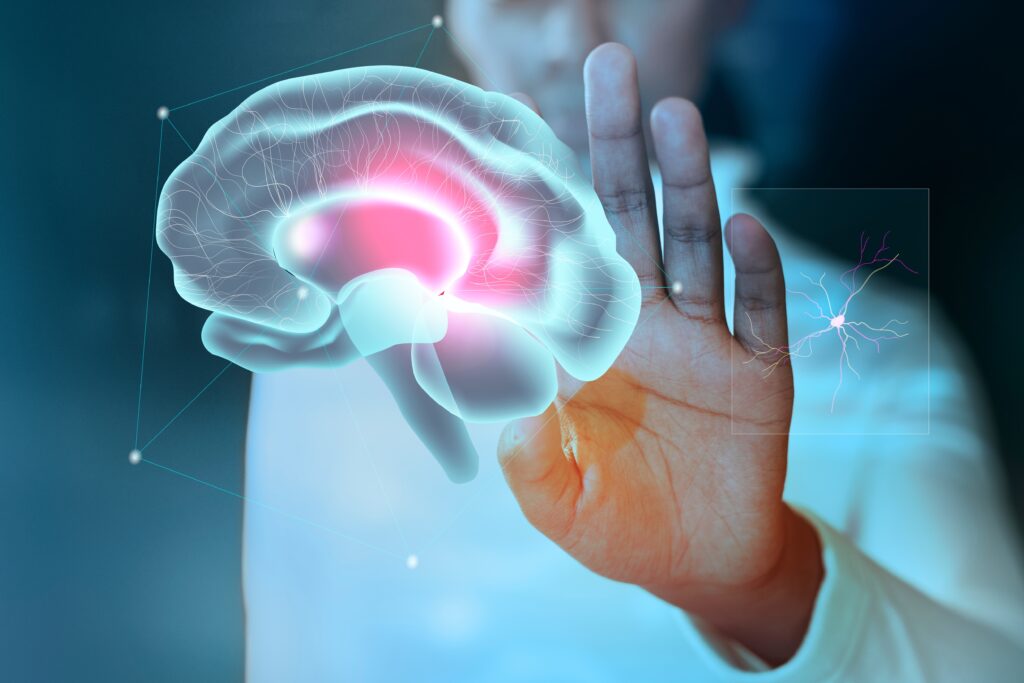
Stanford Scientists Discover Ways to Boost Neuron Production in Aging Brains
A new study from Stanford Medicine reveals crucial insights into how the brain’s ability to produce new neurons declines with age, and more importantly, how this process might be reactivated. Researchers identified specific genetic pathways, including the GLUT4 glucose transporter, that could play a key role in this process. This discovery opens the door to potential treatments for cognitive decline and neurodegenerative diseases, like Alzheimer’s. By manipulating glucose metabolism or using genetic techniques, we could stimulate neurogenesis—the creation of new neurons—offering hope to rejuvenate the aging brain.

Note: This article is intended for general information and educational purposes. It summarizes scientific research in accessible language for a broad audience and is not an official scientific press release.
A Focus on Dormant Cells in Aging Brains
The Stanford team, led by Professor Anne Brunet, aimed to investigate why the brain’s production of new neurons slows down with age. It’s known that neurogenesis continues in parts of the brain, such as the hippocampus, throughout life. However, this ability decreases as we age. Their goal was to discover the genetic and metabolic factors that cause this decline and find ways to reverse it.
Using CRISPR, a gene-editing tool, the researchers conducted a genome-wide screening. This helped them identify genes that might activate dormant neural stem cells in older mice. These cells, found in the brain, have the potential to create new neurons. The focus was specifically on older mice, since neurogenesis is much less active in aging brains. In contrast, younger brains naturally produce new neurons, which support learning and memory.
The research discovered that knocking out the gene responsible for the GLUT4 glucose transporter reactivated dormant neural stem cells. GLUT4 is in charge of how cells manage glucose, the body’s primary source of energy. The study found that in older brains, the buildup of glucose might suppress the activity of neural stem cells. This discovery links glucose metabolism to the brain’s ability to generate new neurons, a connection that previous research had not fully explored.
The History of Neurogenesis and Brain Aging
Scientists have long studied how the brain’s ability to produce neurons declines with age. Earlier research showed that neural stem cells remain in the brain throughout life, but they become less active over time. Despite knowing this, the reasons behind the decline remained a mystery. Few studies had explored concrete treatments.
Most past studies looked at how neurogenesis in the hippocampus contributes to cognitive decline. However, they didn’t establish a clear link between glucose metabolism and the inactivity of neural stem cells. The Stanford study stands out because it focused on the connection between these factors.
Previous attempts to stimulate neurogenesis included methods such as exercise, enriched environments, and certain drugs. These strategies showed only limited success in reversing brain aging. What makes this study unique is its focus on glucose metabolism, providing a potential new pathway for enhancing neurogenesis.
Five Key Discoveries of the Study
- Decline in New Neurons with Age: As we get older, our brain’s ability to produce new neurons, called neurogenesis, slows down. This decrease affects brain flexibility and makes it harder for us to learn, remember things, and adapt. The study explores why this happens and what might be done to stop or reverse it.
- Proteins and Glucose Play a Role: The study found that certain proteins, especially those involved in how the brain uses glucose (sugar), are important for creating new neurons. One key protein, the GLUT4 glucose transporter, was found to help keep brain cells active. In aging brains, problems with glucose use might reduce neurogenesis, which links energy use in the brain to neuron production. The main finding is that increased glucose in neural stem cells of the aging brain can suppress their activity. This is because the accumulation of glucose in the cells via GLUT4 makes them “dormant”, i.e. less active. When this gene is “turned off”, the cells begin to actively divide again and produce new neurons, which opens up prospects for restoring brain function in elderly or trauma patients.
- Potential for New Treatments: By focusing on these proteins and pathways, scientists believe they could “wake up” inactive neural stem cells in older brains. This could encourage the brain to make new neurons, which might help in developing treatments for brain aging and diseases like Alzheimer’s.
- Slowing cognitive decline: The exciting part is that if new neurons can be produced in older brains, it might be possible to improve memory and thinking abilities in older adults. This study suggests that boosting neurogenesis could potentially slow some effects of cognitive decline.
- Long-Term Brain Health: Besides helping memory and learning, increasing the production of neurons could improve overall brain health and make the brain more resilient. This could help prevent neurodegenerative diseases and improve recovery from brain injuries, offering hope for healthier aging and better brain function in the long run.
These findings provide new insights into how our brains age and what we might do to slow or improve the process, with promising ideas for future treatments to maintain brain health as we grow older.
The Potential Health and Science Benefits
The link between glucose metabolism and neurogenesis could have enormous implications for treating cognitive decline and neurodegenerative diseases. Current treatments for conditions like Alzheimer’s focus mainly on managing symptoms. However, this study suggests the possibility of targeting the root causes of cognitive decline by boosting the brain’s ability to generate new neurons.
One of the most exciting aspects of this research is its potential for non-invasive treatments. If restricting glucose intake can increase neurogenesis, patients may have access to more affordable and safer ways to maintain brain health as they age.
Looking ahead, Brunet’s team will explore whether glucose restriction can enhance neurogenesis in humans. The next phase of research will focus on modulating glucose metabolism without using genetic interventions, making it easier to apply these treatments in clinical settings.
As the global population ages, understanding how the brain ages becomes increasingly important. This study offers hope that we might not only slow cognitive decline but also restore some of the brain’s youthful abilities, improving quality of life for millions of people worldwide.
Conclusion
This study from Stanford Medicine offers a promising new direction for addressing the effects of aging on the brain. By identifying specific proteins like the GLUT4 glucose transporter and uncovering how glucose metabolism influences neural stem cell inactivity, researchers have opened up new possibilities for boosting neurogenesis in older brains. The study not only deepens our understanding of why neurogenesis slows with age but also provides actionable targets for future therapies aimed at rejuvenating brain function.
The potential to slow cognitive decline through both therapeutic interventions and cognitive training could lead to significant advancements in treating neurodegenerative diseases like Alzheimer’s and Parkinson’s. This dual approach highlights the importance of lifestyle factors, such as mental stimulation, alongside medical innovation in promoting healthy brain aging. With further exploration and development, these findings may one day transform the way we treat age-related brain conditions, offering hope for millions worldwide who face the challenges of cognitive decline as they grow older.
The information in this article is provided for informational purposes only and is not medical advice. For medical advice, please consult your doctor.













